Society
Lawyers and Law Students Stage ‘Die-in’ Outside L.A. Courthouse
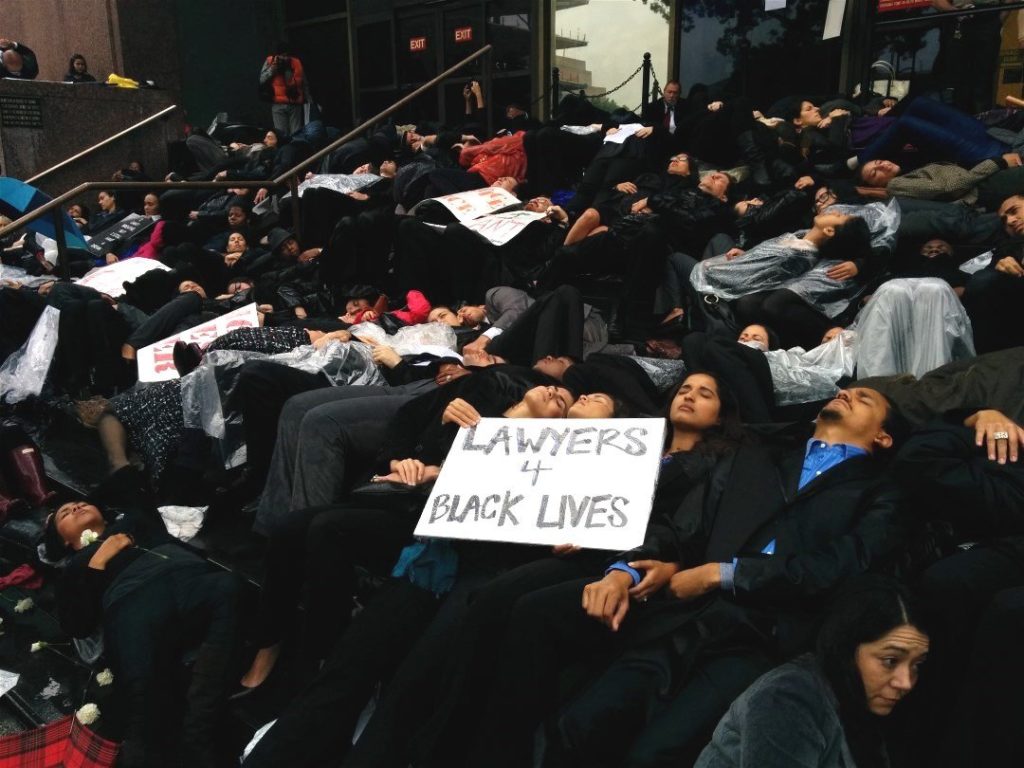
“Racism doesn’t take a break when it rains and neither will we,” Priscilla Ocen, a professor at Loyola Law School, announced over a loudspeaker outside the Stanley Mosk Courthouse in downtown Los Angeles Tuesday. Before her stood a crowd of about 200 people, mostly lawyers and law students, who braved a downpour to protest state violence from South L.A. to New York City, culminating in a four-minute-and-thirty-second “die-in” — representing the four-and-a-half hours that police in Ferguson, Missouri, let Michael Brown’s dead body lie in a street.
“I think it’s a really important thing to stand up to the injustice that we’re seeing around the country,” said Mona Iman, director of Taslimi Foundation, which works to defend human rights in Iran. “This wave of killings of unarmed black men is just so disturbing,” she told me, “and when you feel the frustration and you feel the anger at what’s happening in the world, you have to do something about it.”
Organizers of the “Lawyers for Black Lives” protest argued that those who work in the legal profession have a special duty to stand up to injustice that’s given the cover of law – and even they were surprised by how many diverse demonstrators answered their call to spend their morning lying down on the wet steps of a courthouse.
“We’ve consistently seen police literally get away with murder,” said Erin Darling of the National Lawyers Guild. He argued that when the state fails to indict a police officer for a homicide, as happened in Missouri with the shooting of Michael Brown and in New York with the choking death of Eric Garner – both unarmed black men – it’s not an accident or case of prosecutorial incompetence, but by design.
“I do criminal defense and I know how easy it is to indict someone,” said Darling. “You know the expression ‘You could even indict a ham sandwich’? A prosecutor can cherry-pick facts, give them to a grand jury and get an indictment. And to consistently see that fail isn’t just an individual betrayal of justice, it shows that the system really isn’t designed to prosecute cops when police kill people. And the fact is, police kill people way too often in this country, disproportionately people of color.”
In Los Angeles County alone, at least 590 people have been killed by police since 2000, or about one person every week; more than three-quarters of those killed were black or Latino. Nationally, media reports suggest around 1,100 people are killed each year by law enforcement – the federal government itself doesn’t keep track – which works out to about three killings a day. By contrast, in Germany, a nation of more than 80 million people, there were just eight fatalities involving police over the last two years.
Even when police officers are held accountable for shooting unarmed men and women, the legal system that imprisons more people than any other country in the world tends to let them off with a slap on the wrist. Johannes Mehserle, the officer who shot 22-year-old Oscar Grant in the back as he lay on the ground in Oakland, served just one year in jail for “involuntary manslaughter.”
“This is a symbol of our legal system,” Ocen said of the protest venue. “This is one of the primary faces where people identify injustices are occurring. And we wanted to make sure that we took the action to where the crime, as it were, was occurring.”
She read a statement on behalf of those who organized the protest, calling for the establishment of civilian review boards with the power to discipline and dismiss police officers for misconduct and excessive use of force; the appointment of a special state prosecutor to get cases of police brutality out of the hands of local prosecutors whose job often requires them to be cozy with law enforcement; a local and federal database of police killings; and an end to the war on drugs and the militarization of local police departments.
Luis Inocente, a law clerk and activist with the Eviction Defense Network, credited social media with helping spread the word about an epidemic police violence that he, as a resident of L.A., says is nothing new. He told me he remembers when past incidents of brutality tore communities apart, but argued this time it’s bringing them together.
“The Rodney King beating — I was a block away from [a] Korean liquor store that got burned down,” he said, referring to the 1992 civil unrest that saw many Korean-owned establishments targeted by rioters who viewed them as beneficiaries of racist policing. “Now, we’re talking to people with the Koreatown [Immigrant Workers] Alliance,” he said. “We’re uniting, black, brown, whatever race or color you are, it doesn’t matter.”

-
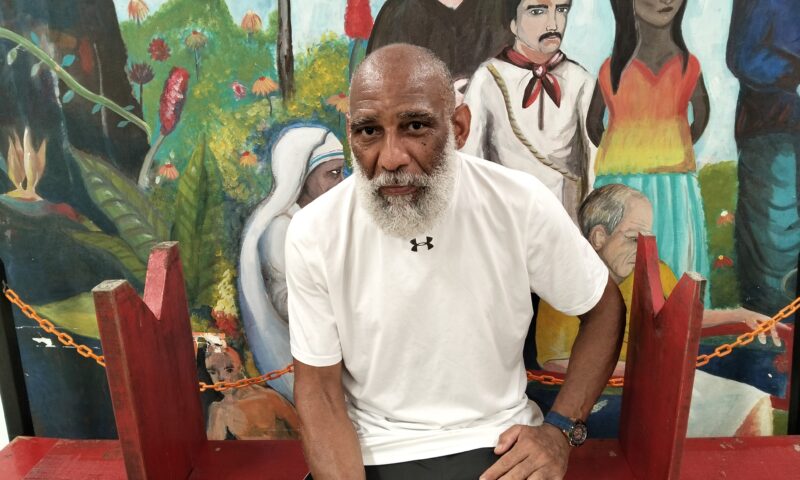
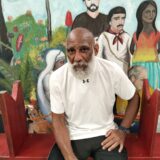 StrandedNovember 25, 2025
StrandedNovember 25, 2025‘I’m Lost in This Country’: Non-Mexicans Living Undocumented After Deportation to Mexico
-
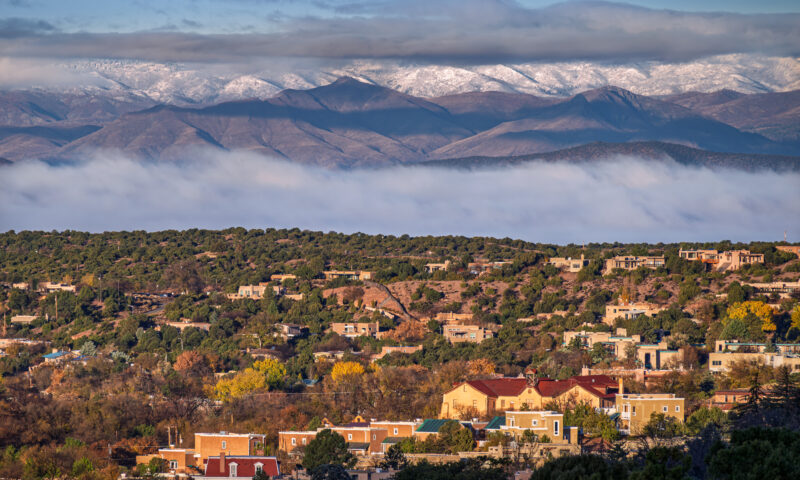
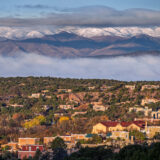 Column - State of InequalityNovember 28, 2025
Column - State of InequalityNovember 28, 2025Santa Fe’s Plan for a Real Minimum Wage Offers Lessons for Costly California
-

 The SlickNovember 24, 2025
The SlickNovember 24, 2025California Endures Whipsaw Climate Extremes as Federal Support Withers
-

 Striking BackDecember 4, 2025
Striking BackDecember 4, 2025Home Care Workers Are Losing Minimum Wage Protections — and Fighting Back
-
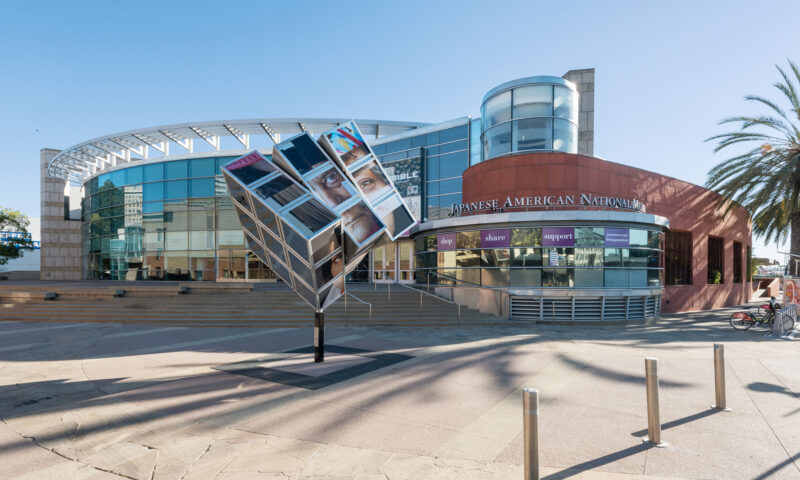
 Latest NewsDecember 8, 2025
Latest NewsDecember 8, 2025This L.A. Museum Is Standing Up to Trump’s Whitewashing, Vowing to ‘Scrub Nothing’
-
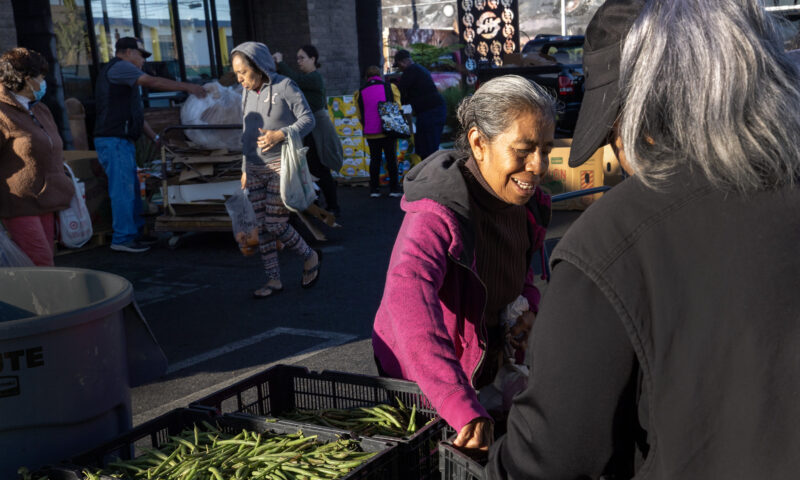
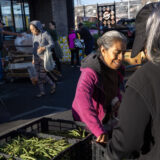 Latest NewsNovember 26, 2025
Latest NewsNovember 26, 2025Is the Solution to Hunger All Around Us in Fertile California?
-
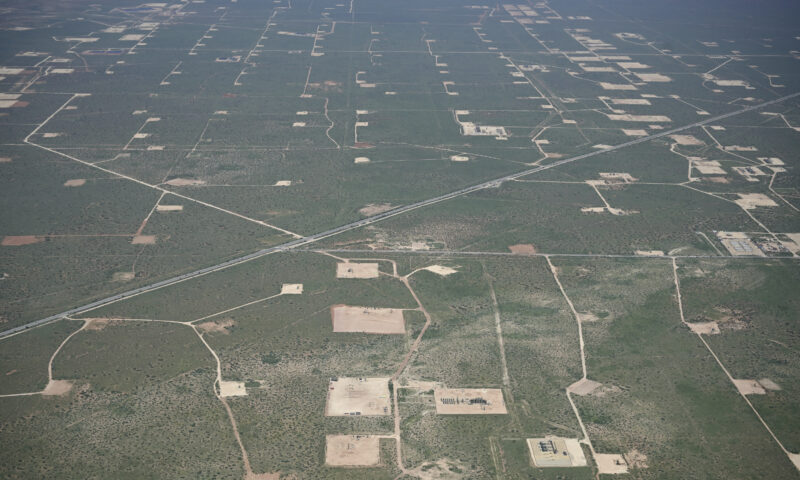
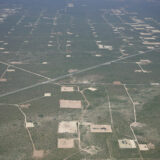 The SlickDecember 2, 2025
The SlickDecember 2, 2025Utility Asks New Mexico for ‘Zero Emission’ Status for Gas-Fired Power Plant
-

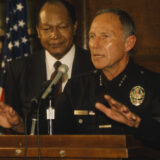 Latest NewsDecember 1, 2025
Latest NewsDecember 1, 2025Accountable to No One: What 1990s L.A. Teaches Us About the Trump Resistance

